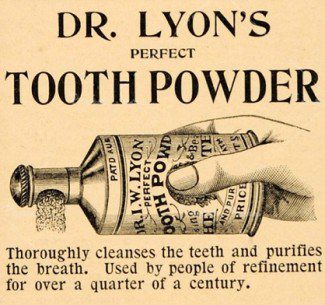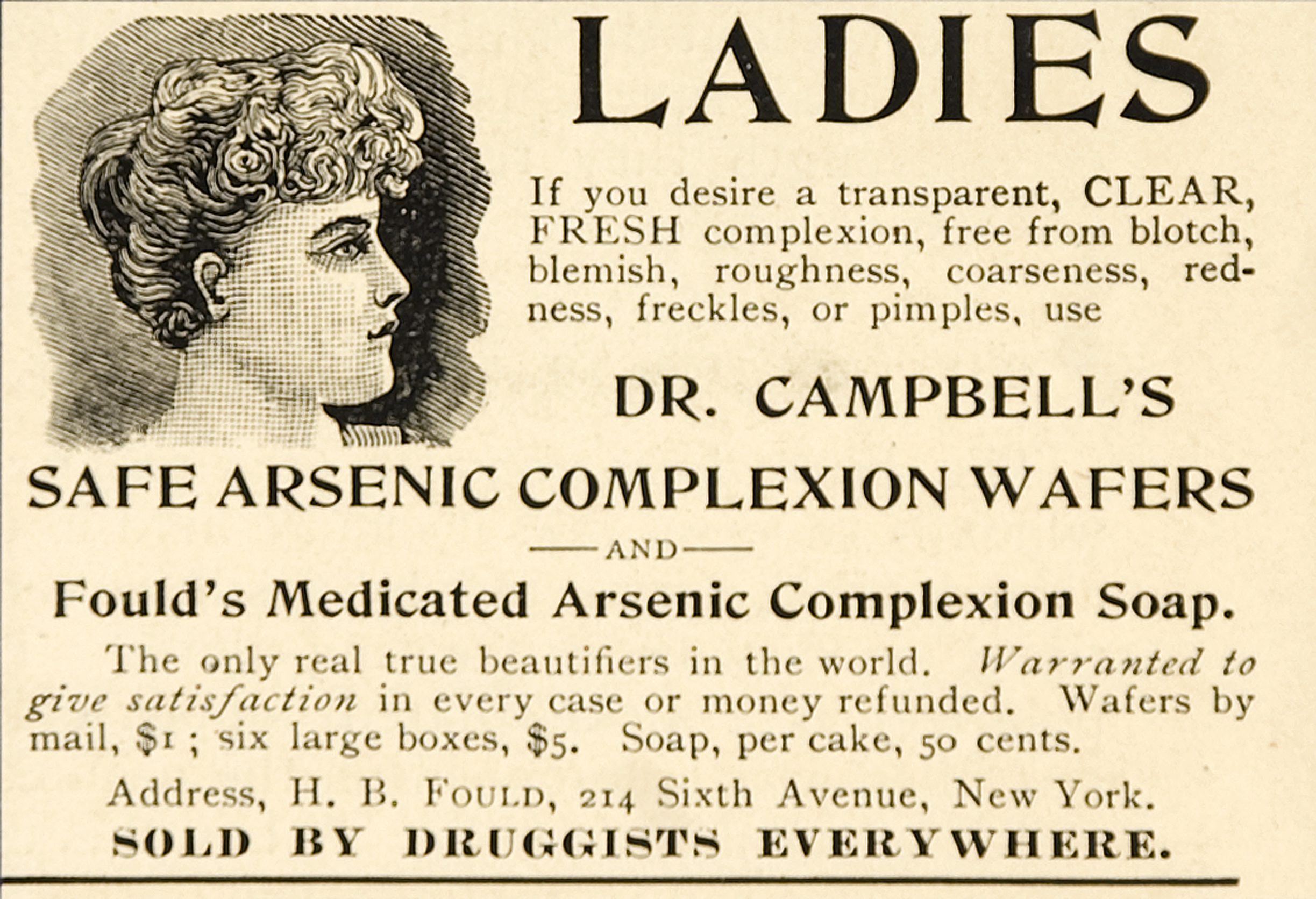We’ve all heard about, we’ve all read about, we’ve all watched movies about it.
In the history of the United Kingdom, the Victorian Era was the period of Queen Victoria’s reign from 20 June 1837 until her death on 22 January 1901. The era followed the Georgian period and preceded the Edwardian period, and its later half overlaps with the first part of the Belle Époque era of Continental Europe.

Victoria ruled for 64 years and witnessed the country’s transformation into an industrial and imperial giant. (© Leemage/Corbis via Getty Images)
Britain’s reach extended across the globe because of its empire, political stability, and revolutionary developments in transport and communication. Many of the intellectual and cultural achievements of this period are still with us today.
Buuuut…
Like every other time period, the Victorian Era is not without its own fair share of shenanigans.
We’ve previously talked about some of the oddities of the Regency Era and now the time has come to put the Victorian Era under the proverbial microscope too.
(Watch out Queen Vickie! I’m coming for you!)
Without further ado, let’s take a look at a few fascinating facts about the Victorian Era that you might haven’t heard before!
Oh, am I starting this article with a neat one!
You are probably well-aware by now that people and hygiene of any kind -be it personal or public- were not the best of friends. They had almost no sense of cleanliness or what a bar of soap even looked like.
So, it comes as no surprise that the waste of both the population and industrial London turned the river Thames into a huge body of sewage water. That caused not only the outbreak of several deadly diseases but also a horrendous, nearly insufferable stench.

Just imagine how bad it got when London was hit by a heatwave…
The situation got so bad that it actually served as the incentive for the British government to construct the London sewer system.
Oh well, there was a silver lining at least!
Nowadays, we might consider water treatment as a luxury reserved for those with filled pockets, but in the Victorian Era, it was one of the most common cures. From baldness to hysteria, water treatment was used to alleviate the pains of close to all common ailments.

Pimples? Hydrotherapy!
Headaches? Hydrotherapy!
Stomach bug? Hydrotherapy!
Cheating husband? Drown him!
See? Hydrotherapy!
Let’s be honest, nowadays, people can pierce pretty much any part of their body. From tongues to brows and even toes, piercings are one of the most successful body modification trends. Ever.
And while piercing the ears was something fairly common for women even back in the Victorian Era, in the late nineteenth century, a fad for nipple-piercing became an overnight success with the ladies.

After the nipple was pierced, a gold “bosom ring” was inserted. Sometimes two rings were joined by a chain. One notable theory suggests the fad came into being because women believed nipple rings would make their breasts grow rounder and more attractive.
Err…right! Something tells that not even Kim K would dabble in that!
Right, so I got a confession to make. I am by all accounts an adult (unless you ask my mum, she still argues that I’m stuck at the age of 12), but I always, always get super excited when it’s time to put up our Christmas decorations.
And the King of Christmas is without a doubt, the good old tree!
The practice of putting up a Christmas tree is in part thanks to Queen Victoria’s husband Albert. Born and raised in Germany, where the Christmas tree was common, he transplanted the Christmas symbol to England by bringing one to Windsor castle in 1840. Other Christmas traditions that originated in the Victorian era included the exchanging of gifts, giving out Christmas cards, and Christmas crackers.

And while we are on the subject…
I’m still waiting for that paid vacation to Hawaii, Santa!
Out of everything that the Victorians were known for, you’d never expect that among those would be their conviction that there was life on Mars.

The notion was actually so prevalent and widespread among the public, that wealthy aristocrats often left money in their wills dedicated to attempts to make contact with extraterrestrial beings.
The forward thinking of those people…Sweet Lord!
Did you see that one coming?
Another popular trend that we probably wouldn’t have associated with the propriety-loving Victorian Era is my own personal favorite, tattoos.
And guess which bad boys usually got them!
Pirates? Nope!
Sailors? Nope!
Criminals with wanted posters and a huge bounty on their heads? Nope!
In Victorian times, it was actually common for aristocrats to get tattoos, sometimes multiple ones.

The trend was brought to England by Queen Victoria’s son, the Prince of Wales, after his visit to Jerusalem, where he not only witnessed the art of inking but also got a tattoo himself, starting a huge trend.
I bet he didn’t stay at one. Trust me on this, kiddies, you never stay at one…
I bet you’ve seen those charcoal masks that have become so very popular among YouTubers, beauty vloggers, make up artists and all those social media stars.
Well, it seems that charcoal was used for something entirely different back them.

Victorian Era people, mainly the wealthy, used a mixture of charcoal and honey as toothpaste! Charcoal has been known to whiten teeth and the honey probably made the whole experience a bit more bearable.
(Though I don’t think I’ll be trying this one…ever…)
In a previous article, we spoke about some of the dangerous beauty practices of the Regency Era and it’s safe to say that, while the Victorian wasn’t as bad, it still had it was still bad enough.

Arsenic was known to be consumed by women to combat wrinkles and the passage of time while men used to use arsenic pills as a stimulator.
It wasn’t until many fatalities later that they made the connection and realized how deadly arsenic really was.
Oh, dear! I’ve kept the best for last!
This is dedicated to you ladies!
In the Victorian Era, women would get diagnosed with “hysteria” for the simplest things. Basically, anything that bothered their husbands -or any other male, to be honest- was attributed to the oh-so-common ailment that seemed to exclusively affect women.
Are you having a bad day? Hysteria!
Is your kid driving you crazy? Hysteria!
Period cramps? Hysteria!
And I can just hear you through my computer screen “Oh, tell us, you all-knowing author who just found out about this for the sake of writing this article…How did they cure this horrible disease?”
Awww, fine! I’ll tell you since you asked so nicely!
Well, my dearies, with a pelvic finger massage of course!
Doctors would use this “method” in order to cause what they called “hysterical paroxysm.”
Oh well, I guess that’s as good a synonym for an orgasm as any!
 Moral of the story: I’m still exceedingly happy that I wasn’t born back then!
Moral of the story: I’m still exceedingly happy that I wasn’t born back then!
(No doctor is giving me a pelvic massage, no sir!)
Written by Emma Linfield

 Share this book
Share this book